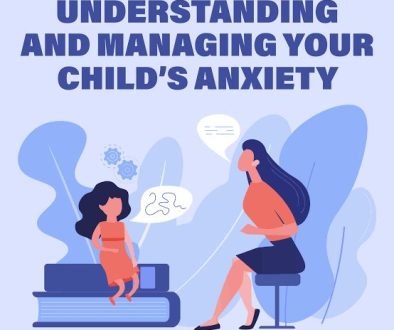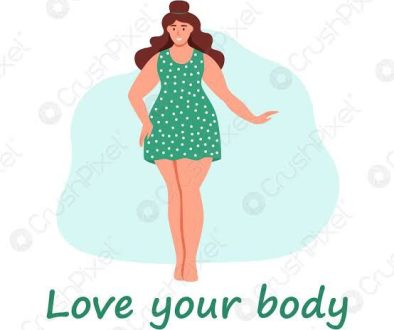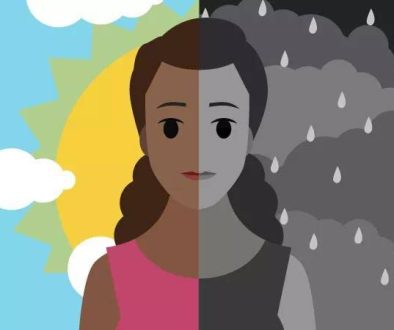How Creative Outlets Can Help Manage Depression
Creative outlets, like drawing, painting, writing, music, or other forms of artistic expression, have been shown to provide effective support in managing symptoms of depression. When someone is struggling with depression, engaging in creative activities can offer an emotional release, foster a sense of purpose, and allow them to explore and process complex emotions in a healthy, constructive way. Creative outlets not only serve as a distraction from negative thoughts but can also contribute to emotional healing and personal growth.
One of the key benefits of creative outlets for managing depression is the emotional release they offer. Depression often comes with a sense of isolation or difficulty in verbalizing one’s feelings, but creative expression allows people to communicate their emotions indirectly. For example, someone might choose colors or shapes in a drawing that reflect their mood or write poetry that captures feelings they struggle to put into conversation. This form of expression provides a sense of relief, as it allows them to release pent-up feelings without the need for words, which can sometimes feel limiting.
In addition to emotional release, creative activities can help build a sense of purpose and accomplishment, which are often diminished by depression. Completing a creative project, whether it’s a painting, a short story, or a handmade item, offers a concrete sense of achievement. These projects give individuals something to look forward to, helping them set and reach goals on a small, manageable scale. The feeling of having accomplished something can be a boost to self-esteem, providing a sense of control and fulfillment in an otherwise challenging mental state.
Creative outlets also play a role in reducing stress, which can exacerbate depressive symptoms. The process of creating—focusing on an art project or getting lost in writing—can induce a state of “flow,” where the individual becomes fully immersed in the activity, losing track of time and their surroundings. This immersion can temporarily distract from negative thoughts and worries, providing a mental break from depression. Engaging in this “flow” state has been shown to reduce stress hormones, and the calming effect often lingers long after the activity is finished.
Another significant aspect of creativity as a tool for managing depression is its ability to promote self-discovery and personal insight. Through creative expression, individuals may uncover patterns or themes in their work that reveal underlying feelings or experiences they hadn’t consciously acknowledged. This self-discovery can lead to deeper self-understanding and foster a stronger connection with oneself. For instance, someone writing about their experiences might come to realize specific thoughts or fears that are contributing to their depression. By recognizing these insights, they are better positioned to work through these issues or discuss them with a therapist.
The therapeutic effects of creative outlets are so well-documented that they are often used in formal treatment settings as art therapy, music therapy, or other forms of creative therapy. These therapies provide structured, guided forms of expression that help individuals confront and work through difficult emotions. In a therapeutic setting, trained professionals help clients use creative processes to gain perspective on their emotions and thought patterns, which can be especially beneficial for people who may feel uncomfortable with traditional talk therapy.
One particularly accessible form of creative expression is journaling. Keeping a journal allows people to reflect on their thoughts and track their mental health over time. This process can help identify triggers, patterns, and positive moments that might otherwise go unnoticed. By seeing progress and noting days when they felt better, individuals can find hope and motivation to continue moving forward, even on tough days.
Finally, creative outlets can foster connections with others, which is often essential for individuals dealing with depression. Whether it’s joining an art class, a writer’s group, or an online community of creators, engaging in creative activities can provide opportunities to meet like-minded individuals, share experiences, and offer mutual support. Knowing that others share similar struggles or simply enjoying an activity together can help reduce feelings of isolation and loneliness that often accompany depression.
In conclusion, creative outlets provide numerous mental health benefits that can make a significant difference in managing depression. By offering an emotional release, fostering self-discovery, reducing stress, and encouraging social connection, creative activities empower individuals to confront their depression constructively. They provide a gentle yet powerful way to process emotions, build resilience, and find moments of joy and accomplishment amid difficult times. Whether it’s through drawing, music, writing, or any other creative pursuit, incorporating creativity into one’s life can be a valuable part of a broader approach to mental well-being.



